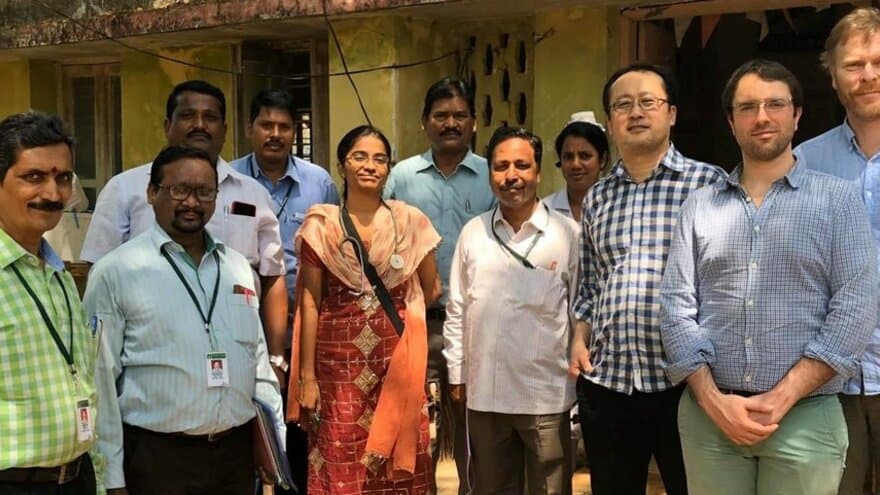Research Council of Norway: BEDREHELSE program
Background
Many skin infections are caused by bacterial pathogens, and treating these infections has become challenging due to antibiotic resistance. This is true for people with leprosy or diabetes who often have severe chronic and recurrent infections in the lower limbs. In some serious cases amputation is the only option to prevent further infection.
Common pathogens involved in skin infections in these groups of patients are the bacteria Staphylococcus aureus and Pseudomonas aeruginosa. These are amongst the most frequent antibiotic-resistant pathogens, leaving common antibiotic treatments ineffective.We have been working on a group of antimicrobial peptides (called bacteriocins) with very potent activity against many Gram-positive and Gram-negative pathogens, including Staphylococcus aureus and Pseudomonas aeruginosa (additionally enterococci, listeria, streptococci, Salmonella spp., and Escherichia coli). Some of these bacteriocins are well characterised and known to apply modes of action different from traditional antibiotics, and hence can readily kill pathogens as well as their antibiotic-resistant derivatives such as methicillin-resistant S. aureus (MRSA) and vancomycin-resistant Enterococcus (VRE).
These bacteriocins hold great potential in diverse antimicrobial interventions, especially in dealing with antibiotic-resistant pathogens. We believe they can be applied in clinical settings as drugs to combat secondary skin infections in people with leprosy or diabetes.
Objective
Our aim is to develop bacteriocins into drugs for medical use, with special focus on treatments of secondary infections in leprosy patients and in patients with diabetic wounds.
